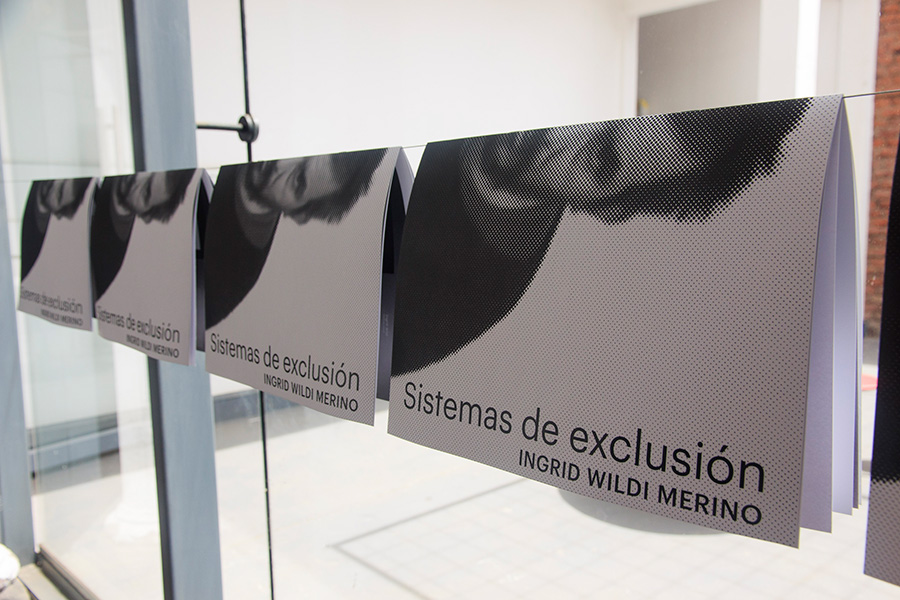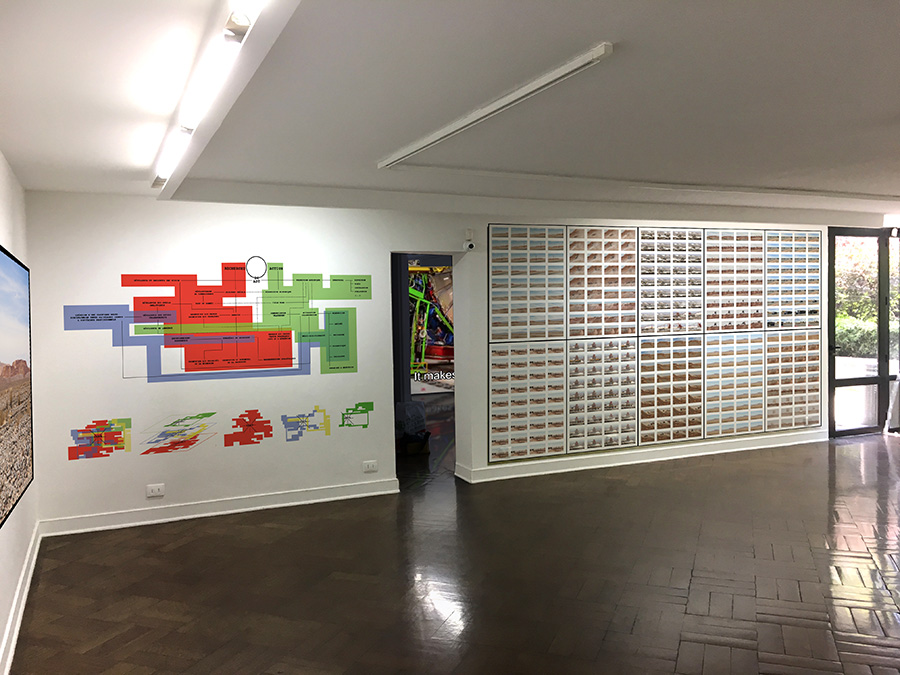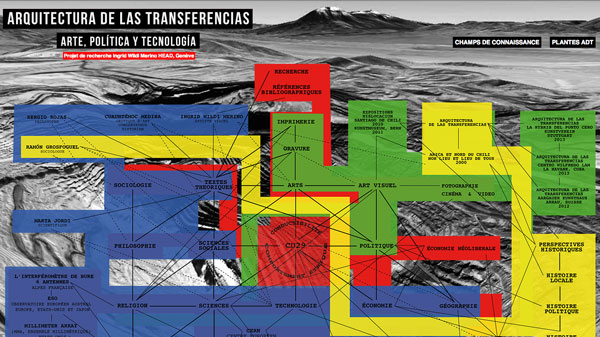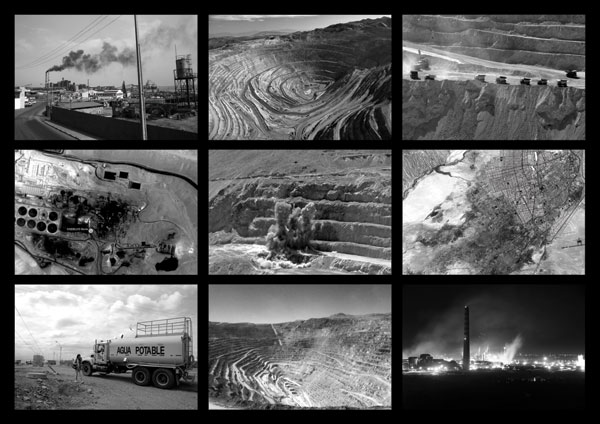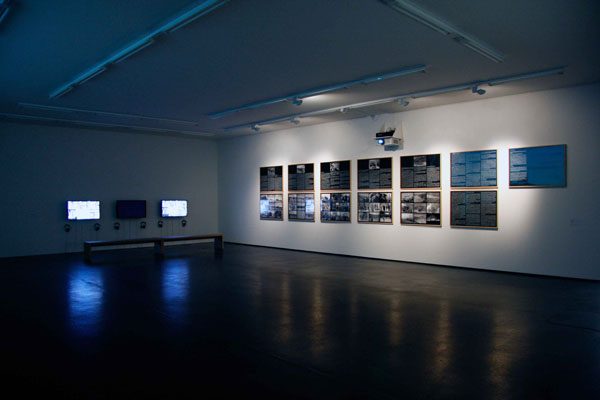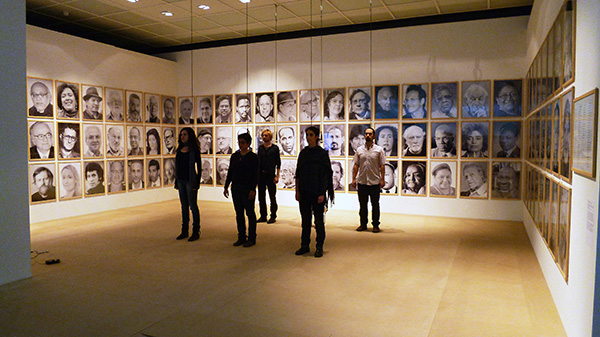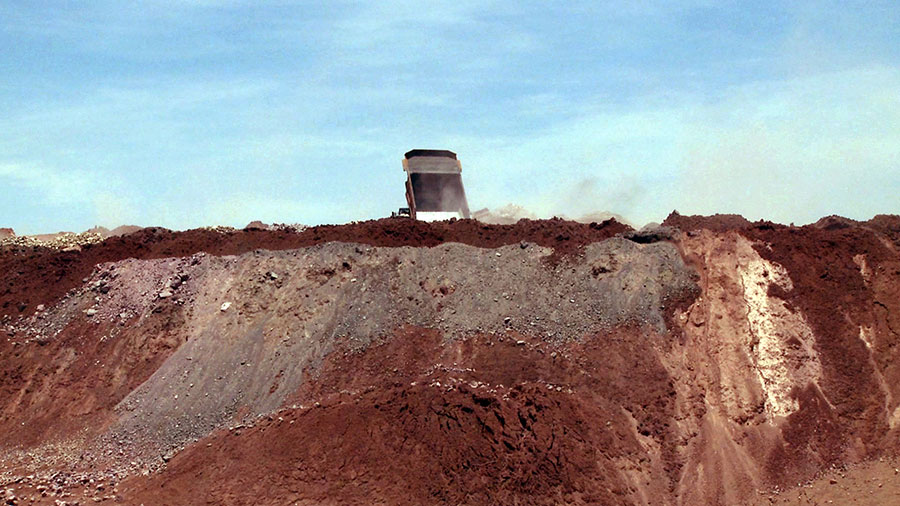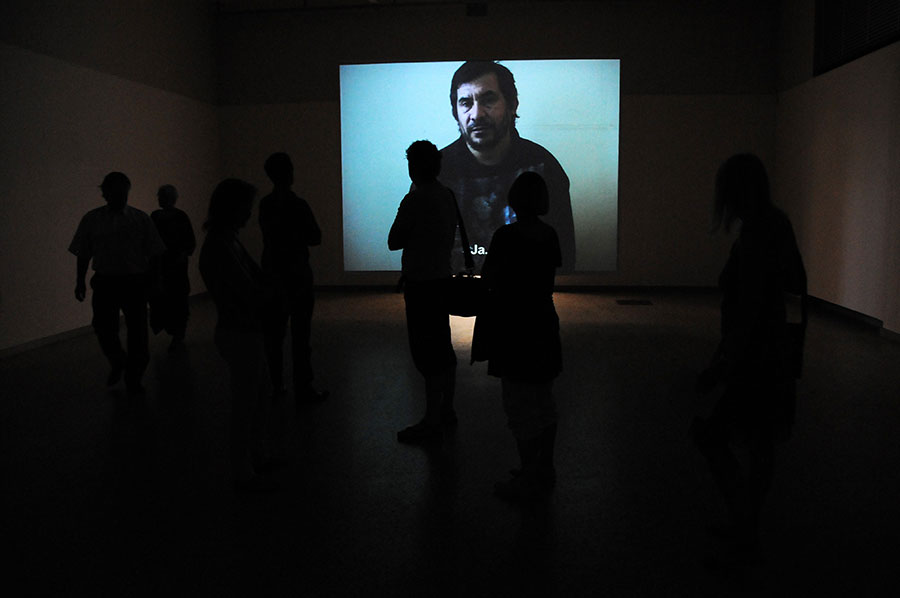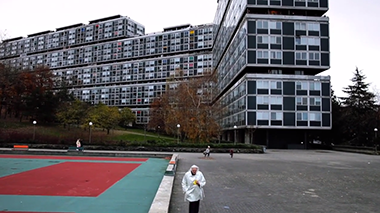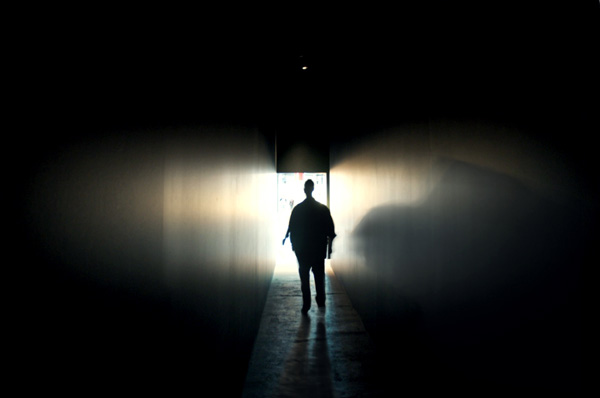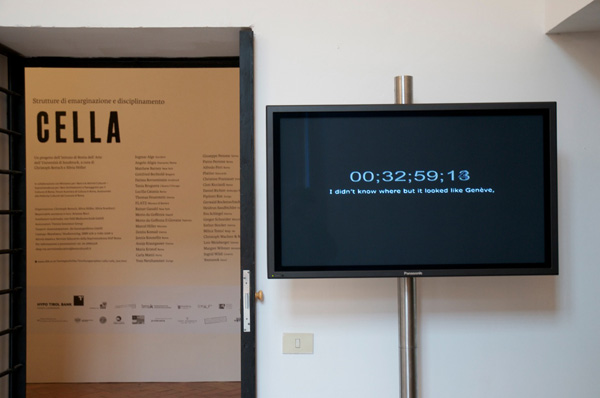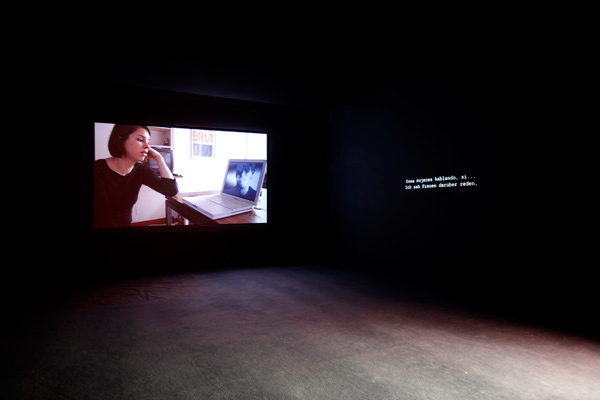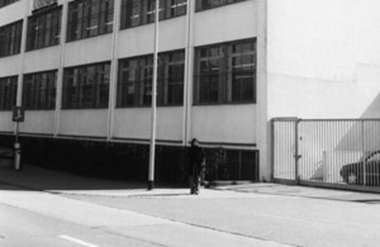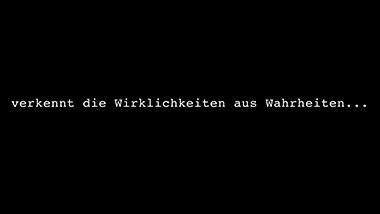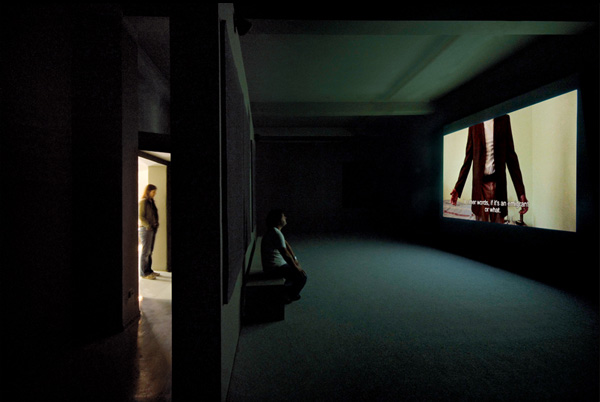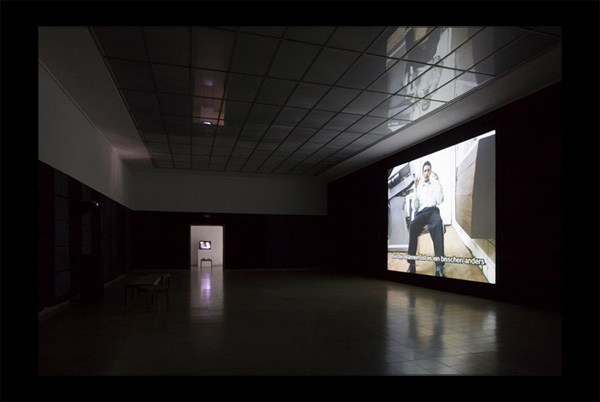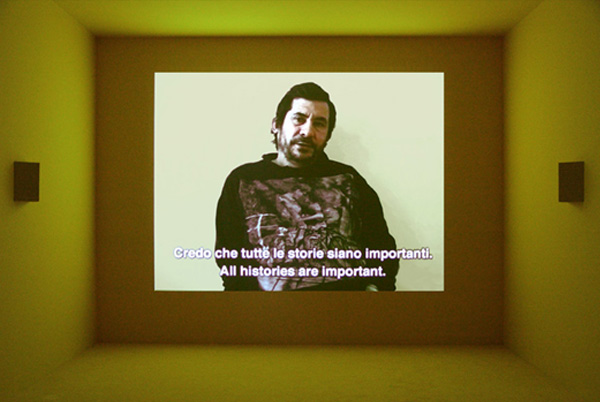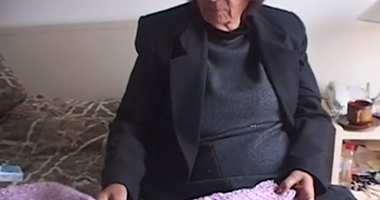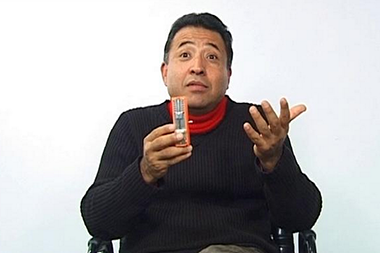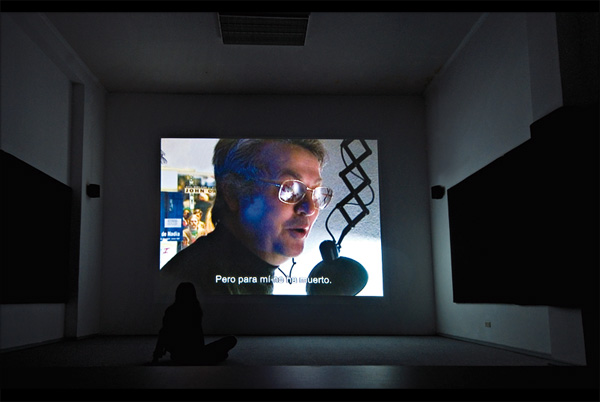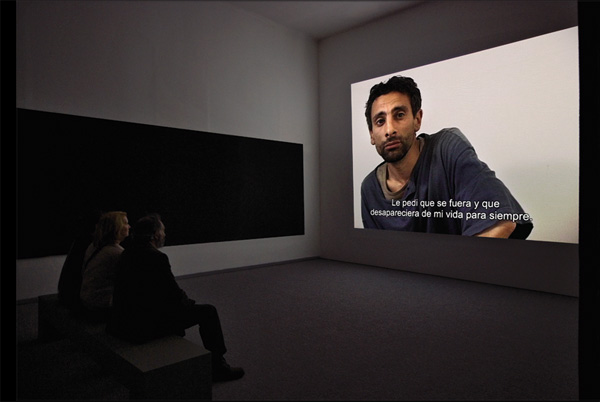Otra mirada a lo insignificante
My intention is to show how architecture changes and until what point it becomes important as I learn the Swiss dialect and German, my architectural environment changes through the knowlege of a language.
In total they are 25 works until now, this is a selection of ten work photographs.
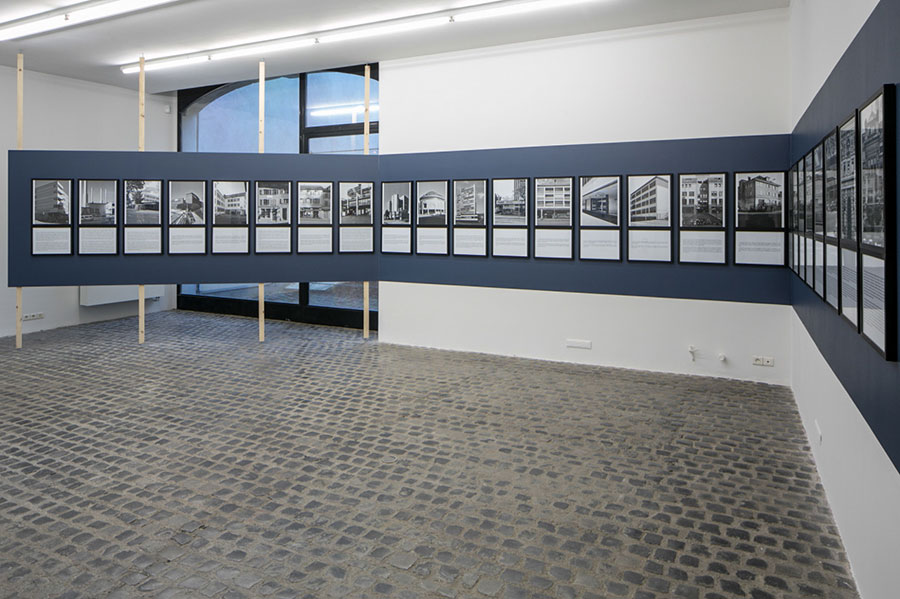
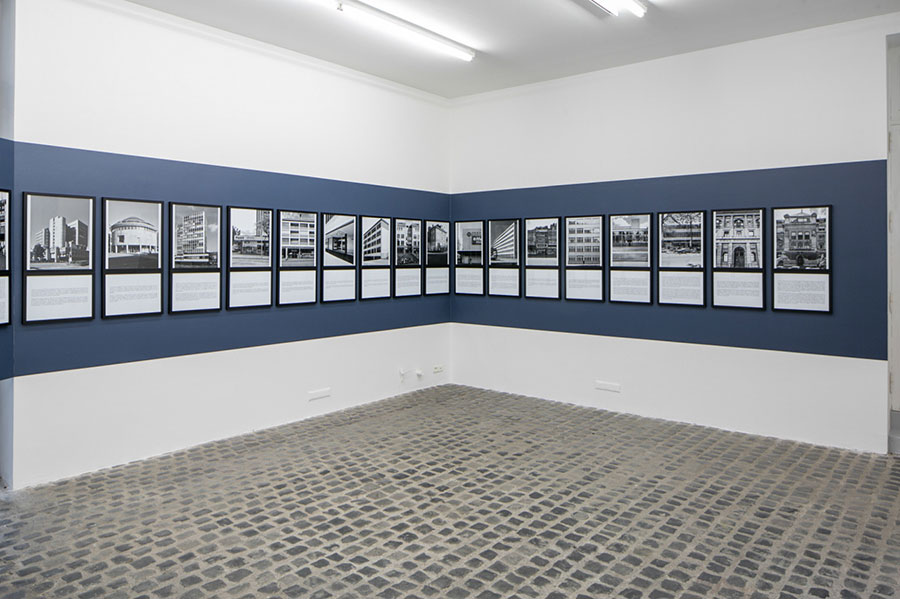
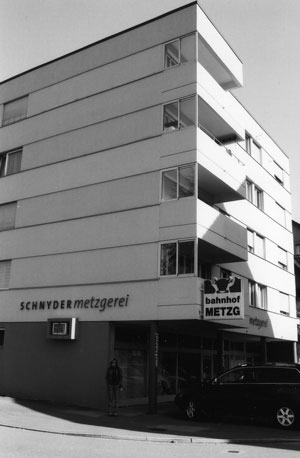
I worked fulltime as an assistant at the „Schneider“ butcher shop in Wildegg, Switzerland for one year. The work was exhausting and I could not understand my employers who spoke Swiss German (Swiss dialect).
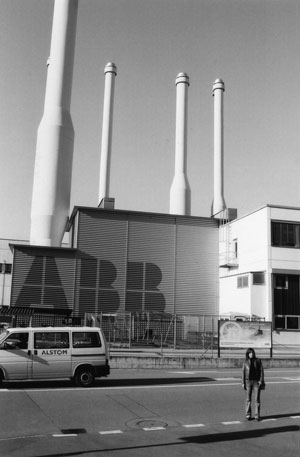
I spent one fulltime year at the Brown Bovery (BBC) factory in Baden as a worker.
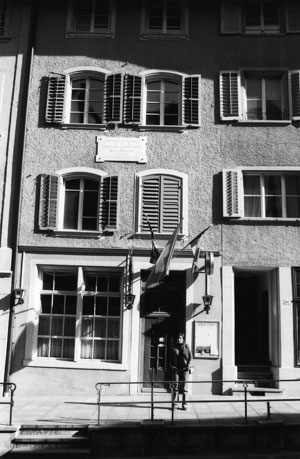
I worked fulltime at the „Brugger Stu- be“ restaurant in Brugg, Switzerland, for one year. The owner called me in to tell me he felt bad for having me work on a cleaning fulltime and told me I had to study something, because I was very young.
He asked me what I wanted to study. I answered that I wanted to make art. I wanted to be an artist. He laughed and offered to introduce me to a friend who had an architecture studio where he examined me on drawing and gave me a job as an assistant drawer.
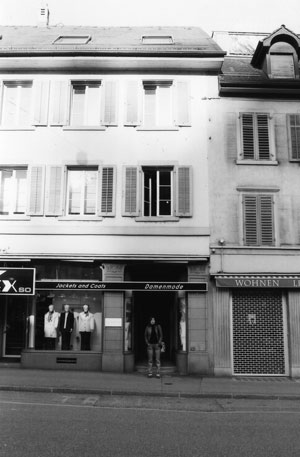
i worked fulltime year at the „Kidler and Siedler“ architecture firm in Baden, Swit- zerland as an assistant drawer (housing plans).
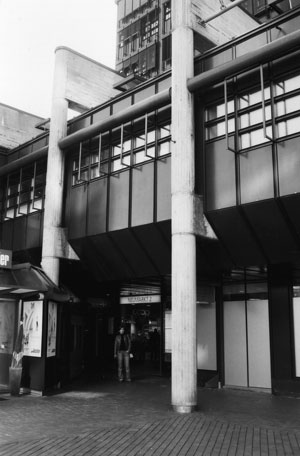
I worked three fulltime years and one year part time at the „Coop“ supermarket in Brugg, Switzerland as a salesperson and cashier. (I was admitted at the Zurich Fine Arts School where I studied for a year).
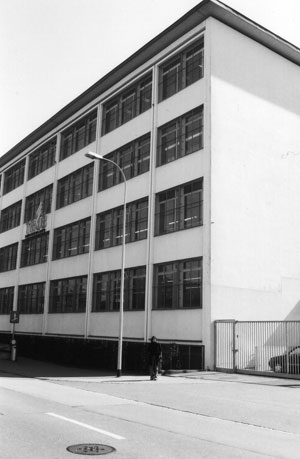
I spent three fulltime months at the „Trub“ print shop in Switzerland as a worker (I fell sick with chronic anemia and left school).
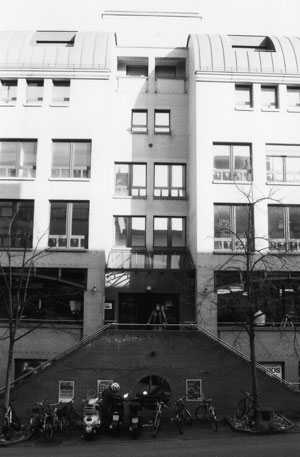
I worked two part time years at the „Kienast und Köppel“ measurement agency in Baden, Switzerland as a measurement assistant on pieces of land, forest limits, houses and gravey- ards. (At that time I joined a cultural factory and independently rented a workspace and started to paint until I retook the Fine Arts School in Zurich).
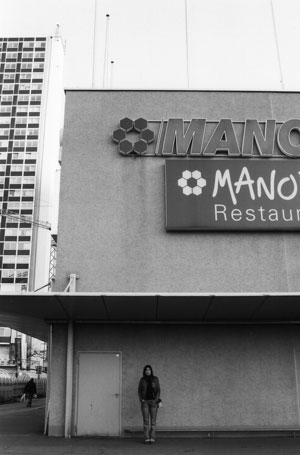
I worked a part time year at the „Manor“ (shopping center) in Spreitenbach, Switzerland as a decorator of the women‘s, men‘s and children‘s sections.
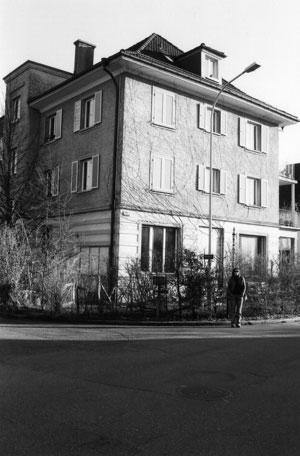
I worked a part time year at the „Kienast“ landscaping company in Wettingen, Switzerland as a drawer.
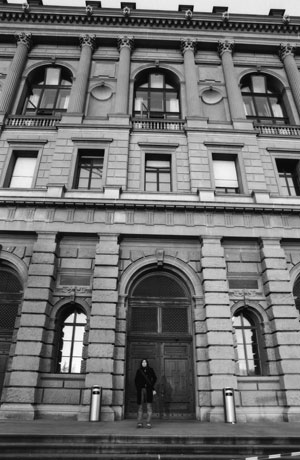
I worked seven part time years at the Polytechnic (ETH) Library in Zurich cataloging files and books, recomposing lost author biographies. (In these years, I retook the Fine Arts School in Zurich and concluded my thesis work). Then I went to Geneva to do a postgrad and kept working at the ETH in Zurich.
Otra Mirada a lo insignificante
¿Qué sucede cuando un inmigrante desea estudiar artes?
¿Cuál es el recorrido laboral de una inmigrante cuando tiene que aprender a comunicarse en el dialecto suizo y, a la vez aprender la lengua alemana para poder escribir?
¿Cómo se van configurando los lugares de trabajo de acuerdo con el aprendizaje de la nueva lengua?
¿Cómo van evolucionando las oportunidades de trabajo de acuerdo al conocimiento de la lengua?
¿Cómo cambia la “Arquitectura de las oportunidades” mientras aumenta el conocimiento de la lengua?
La Arquitectura y la lengua como Arquitectura.
Es un trabajo autobiográfico que se compone de 25 fotografías y 25 textos que datan desde 1982 hasta 2014. Las fotografías muestran las fachadas de diferentes lugares donde trabajé luego de migrar a Suiza con mi familia. Los textos describen las diferentes labores que desempeñé en estos lugares y dejan ver las relaciones entre el dominio de la lengua y el cambio en la arquitectura que me rodeaba.
Cuando migramos, junto a mi familia, desde Santiago de Chile al cantón de Argovia en la Suiza alemana, yo era mayor. Mi proyecto de estudios en mi país era cursar Artes Visuales en la Universidad de Chile, pero tuvimos que migrar debido la dictadura de Augusto Pinochet y los problemas económicos que mi familia tenía. Con esto mis planes se imposibilitaron, porque al llegar a Suiza tendríamos que trabajar en lo que fuese teniendo la lengua española como única herramienta simbólica.
Al principio realicé trabajos no calificados donde la palabra estaba ausente. Cuando tuve un poco más de dinero tomé cursos de Alemán. Mucho más tarde, cuando dominé este idioma, pude desempeñar trabajos que comprendían el dominio de esa lengua, con los cuales pude pagar mis estudios en Artes Visuales en Zúrich y de postgrado en Ginebra.
Comencé a realizar este trabajo autobiográfico como un análisis visual, social y estético sobre la Arquitectura y el aprendizaje de la lengua Alemana, documentando el proceso laboral y cómo el entorno arquitectural va cambiando en la medida que vamos haciéndonos poseedores de elecciones sobre nuestros trabajos y estudios.
Este trabajo fotográfico muestra que la arquitectura no es neutra sino un reflejo de la estructura social, laboral y política. Las fachadas de los lugares donde trabajé dan rostro a la estructura social; a una línea de sectores laborales que se hace presente cuando se observa y recorre las fachadas de los lugares de trabajo, y a la par del aprendizaje de la lengua.
Ingrid Wildi Merino
Another View of the Insignificant
What happens when an inmigrant wishes to study arts?
What is the professional path of an inmigrant when she has to learn to communicate in the Swiss dialect and learn German to be able to write?
How is the configuration of work places determined by the process of learning a new language?
How do work opportunities evolve in accordance with the language learning process?
How does the “Architecture of Opportunities” change when language skills improve?
Architecture and Language as Architecture.
It is an autobiographical work composed of 25 photographs and 25 texts dated between 1982 and 2014. The photographs show the facades of different places where I worked after migrating to Switzerland with my family. The texts describe the different kinds of jobs that I did in those places and they show the relations between language skills and changes in the architecture that surrounded me.
When we migrated from Santiago de Chile to the Canton of Aargau in the German part of Switzerland, I was already an adult. In my country, I planned to study Visual Arts at the University of Chile, but we had to emigrate because of the Augusto Pinochet’s dictatorship and because of my family’s economic problems. Due to that my plans became impossible, because when we came to Switzerland, we had to work in any possible jobs, with the Spanish language as the only symbolic tool.
At the beginning, I worked in unqualified jobs that didn’t require speaking. When I had a bit more money, I took German classes. Much later, when I was fluent in that language, I could do jobs that included the use of language skills, which allowed me to pay for my studies in Visual Arts in Zurich and postgraduate studies in Geneva.
I started to make this autobiographical project as a visual, social and aesthetic analysis of Architecture and of learning German, documenting the professional path and how the architectural surroundings change as you gain control over your studies and work choices.
This photographic work shows that architecture is not neutral, but it reflects the social, professional and political structure. The facades of the places where I worked give a face the social structure; the line of sectorsof work that becomes visible when you observe and follow the facades of the workplaces, along with the language learning process.
Ingrid Wildi Merino
